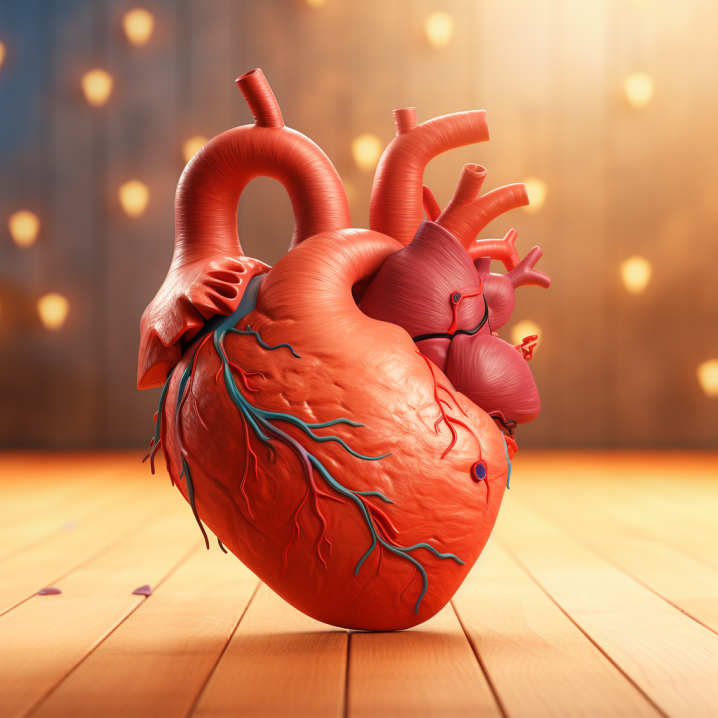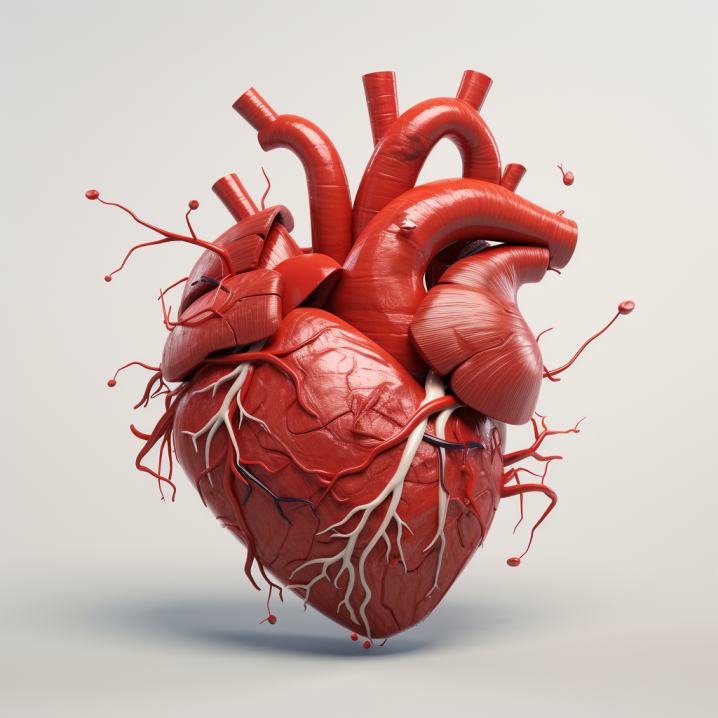What Is Peripheral Artery Disease?

Peripheral Artery Disease (PAD) might sound like a complex medical term, but it’s crucial for everyone to have at least a basic understanding of this prevalent health issue. With the rise of lifestyle diseases and changes in global demographics, PAD has become a significant concern for many across the globe.
Statistics:
- PAD affects an estimated 8.5 million Americans.
- Incidence rates are highest among those aged 60 and above.
What Is Peripheral Artery Disease (PAD)?
PAD is a common circulatory problem wherein narrowed arteries reduce blood flow to the limbs. When one develops PAD, their extremities, usually the legs, don’t receive enough blood flow to keep up with demand. This lack of blood flow can lead to various symptoms, most notably pain during walking.
Statistics:
- About 20% of individuals over 60 have PAD.
- Men are slightly more likely to develop PAD than women.
What Does Peripheral Artery Disease Feel Like?
PAD often feels like cramping or fatigue in the leg muscles that occurs during activities such as walking but dissipates upon rest. Some people describe it as heaviness or tightness, while others might experience severe, debilitating pain. For many, the pain might be mild or even nonexistent.
Stages of Peripheral Artery Disease
- Asymptomatic: No noticeable symptoms.
- Claudication: Muscle pain or cramping in legs when walking or exercising, which goes away after a short rest.
- Pain at Rest: Pain or cramping in the lower legs that may disturb sleep.
- Gangrene: If left untreated, PAD can lead to gangrene – a condition where tissue starts to die.
Statistics:
- The risk of progressing to the pain at rest stage is approximately 1% per year.
- 5-year amputation rates for those with critical limb ischemia range from 10% to 40%.

What Are the Symptoms of Peripheral Artery Disease?
PAD can present with various symptoms, which often arise due to reduced blood flow to the limbs (usually the legs) as a result of narrowed or blocked arteries. Common symptoms of PAD include:
- Leg pain while walking
- Leg numbness or weakness
- Coldness in one or both legs
- Color change in legs
- Slower growth of toenails
- Shiny skin over legs
- Erectile dysfunction in men
Statistics:
- Leg pain, particularly while walking, occurs in 10-35% of patients with PAD.
- Only half of those with PAD will have typical symptoms.
It’s important to note that some people with PAD may have few or no noticeable symptoms, especially in the early stages. Additionally, the severity of symptoms can vary widely among individuals. If you experience any of the symptoms mentioned above, particularly if you have risk factors such as smoking, diabetes, or a history of cardiovascular disease, it’s crucial to seek medical attention. Early diagnosis and management of PAD can help prevent complications and improve overall quality of life.
What Causes Peripheral Artery Disease
Peripheral artery disease (PAD) is primarily caused by atherosclerosis, where fatty deposits build up in arteries, narrowing and restricting blood flow to the extremities. Risk factors like smoking, diabetes, high blood pressure, high cholesterol, obesity, and a sedentary lifestyle contribute to its development. Age, family history, and genetic factors also play roles in increasing susceptibility to PAD.
Statistics:
- Smoking increases the risk of PAD fourfold.
- High blood pressure and cholesterol double the risk of developing PAD.
- Over 60% of PAD cases are due to atherosclerosis.
- Atherosclerosis-related PAD is more common in smokers and those with high cholesterol.
- Diabetic individuals are 2–4 times more likely to develop PAD.
- Every 10 years after age 50, the risk of PAD increases by 20%.
How Is Peripheral Artery Disease Diagnosed?
Physical examination, checking the pulses in the legs, and comparing blood pressure measurements are primary diagnostic methods. Additionally, an ankle-brachial index (ABI), ultrasound, angiography, or blood tests might be recommended.
Preventing Peripheral Artery Disease (PAD)
Preventing Peripheral Artery Disease (PAD) involves adopting a healthy lifestyle and managing risk factors contributing to its development. Here are some strategies to help prevent PAD:
- Quit Smoking: Smoking is a major risk factor for PAD. If you smoke, quitting is one of the most important steps you can take to prevent PAD and improve your overall cardiovascular health.
- Manage Diabetes: If you have diabetes, it’s crucial to keep your blood sugar levels under control through proper diet, medication, and regular monitoring. Controlling diabetes can help reduce the risk of developing PAD.
- Maintain a Healthy Weight: Aim for a healthy weight through a balanced diet and regular physical activity. Excess weight contributes to many risk factors associated with PAD, including high blood pressure, diabetes, and high cholesterol.
- Eat a Heart-Healthy Diet: Focus on a diet rich in fruits, vegetables, whole grains, lean proteins, and healthy fats. Limit saturated and trans fats, as well as processed and sugary foods.
- Exercise Regularly: Engage in regular physical activity to improve circulation and cardiovascular health. Aim for at least 150 minutes of moderate-intensity aerobic activity or 75 minutes of vigorous-intensity aerobic activity each week, along with muscle-strengthening exercises.
- Manage Blood Pressure: Maintain a healthy blood pressure by reducing sodium intake, following a heart-healthy diet, exercising regularly, and taking prescribed medications if necessary.
- Manage Cholesterol: Keep your cholesterol levels in check by consuming a diet low in saturated and trans fats and, if needed, taking medications prescribed by your healthcare provider.
- Limit Alcohol: If you drink alcohol, do so in moderation. Excessive alcohol consumption can contribute to various health issues, including those related to cardiovascular health.
- Control Stress: Chronic stress can contribute to the development of cardiovascular diseases. Practice stress-reduction techniques such as deep breathing, meditation, yoga, or engaging in hobbies you enjoy.
- Regular Check-ups: Regular medical check-ups allow your healthcare provider to monitor your overall health and assess your risk factors. Early detection and management of risk factors can help prevent PAD.
- Manage Other Health Conditions: If you have conditions like chronic kidney disease or autoimmune disorders, work with your healthcare provider to manage these conditions effectively.
- Know Your Family History: Understanding your family’s history of cardiovascular diseases can help you and your healthcare provider assess your risk and develop appropriate prevention strategies.
- Stay Informed: Educate yourself about PAD and its risk factors. Being informed empowers you to make healthier choices and take proactive steps to prevent the disease.
Statistics:
- Regular exercise can reduce PAD symptoms by up to 50%.
- Smoking cessation reduces the risk of PAD by 25% within two years.
Takeaway
Peripheral artery disease is a widespread issue affecting many worldwide. By understanding the causes, symptoms, and preventive measures associated with PAD, we can take proactive steps to maintain our cardiovascular health. Awareness is the key to preventing and managing PAD.
References:
- American Heart Association. (2020). Peripheral Artery Disease.
- Centers for Disease Control and Prevention. (2019). PAD Fact Sheet.
- National Heart, Lung, and Blood Institute. (2020). Peripheral Artery Disease.





